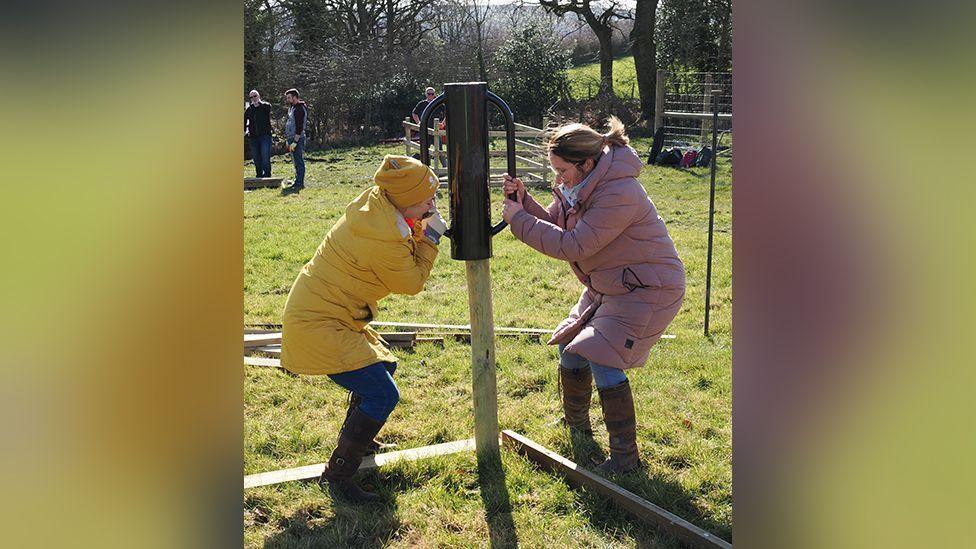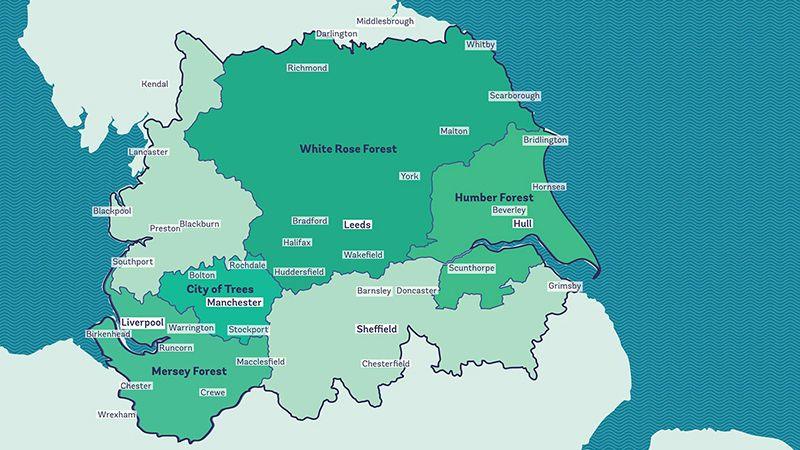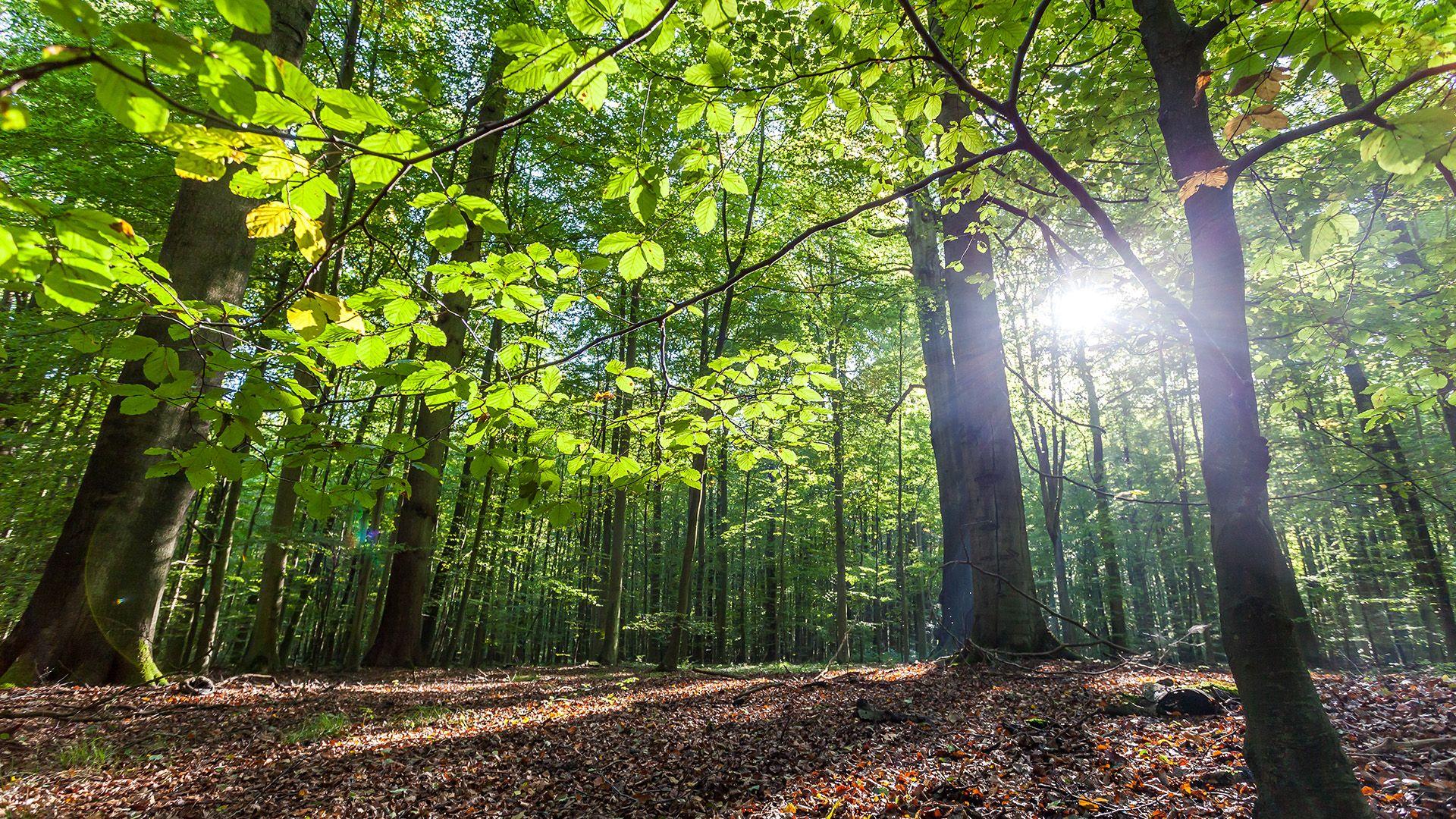Ten million trees planted to boost woodland in north England

Thousands of volunteers have helped to plant million of trees
- Published
Millions of trees have been planted in the north of England as part of a huge project to boost woodland.
So far, 10 million of them have been put in the ground since The Northern Forest project was launched in 2018.
The goal is to eventually plant 50 million trees by 2043 in and around cities including Liverpool, Chester, Preston, Manchester, Bradford, Leeds, Sheffield, York and Hull.
The latest city to benefit from the project is Liverpool, where volunteers have planted 10 hectares of trees in 20 parks across the city, making up just part of the Mersey Forest.
Why are a million trees being planted in the 'Northern Forest'?
- Published27 September 2021
Why trees are so amazing
- Published30 November 2022
Three times as many trees to be planted a year
- Published18 May 2021

By 2043 it's hoped 50 million trees will have been planted across the areas shown
The Northern Forest project started back in 2018 to transform the landscape across much of northern England.
The area covered by the scheme is said to be home to 13 million people. However, only 7.6% of it is covered by woodland, which is a lot less compared to the UK average of 13%.
It's hoped the planting of 50 million trees will benefit local communities and help wildlife thrive.
Lots of places have already benefitted from the project, including the areas around eight fire stations in Greater Manchester and Oak Road Playing Fields in Hull, which is next to a river prone to flooding.
Why are trees so amazing?

Trees are 'tree-mendous' for the environment, and here's why.
They can play a really important role in tackling some of the effects of climate change.
Carbon dioxide (CO2) is a greenhouse gas which is released into the atmosphere when fossil fuels are burnt. Scientists say it causes heat from the sun to be trapped, causing temperatures on Earth to rise.
But trees work as an air filtration system, absorbing carbon dioxide from the atmosphere and converting it into oxygen, which is released into the air.
That's not all. They also provide a home for lots of wildlife around the world.
They can help reduce flooding too, by absorbing some of the water and reducing erosion.
